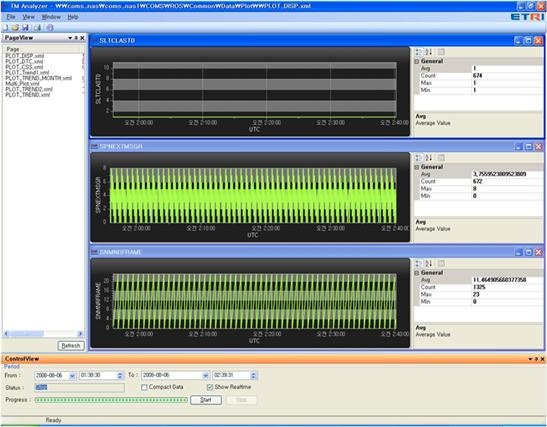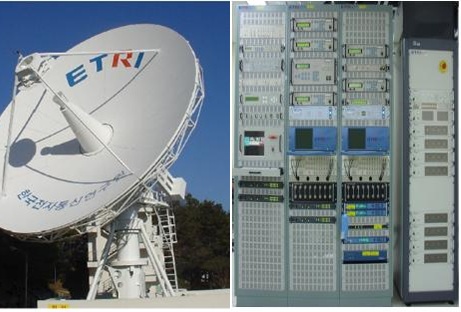Chollian Satellite to Operate through Purely Homegrown Control System
Lee YouKyoung 2011-10-04 View. 8,806

Chollian Satellite to Operate through Purely Homegrown Control System
Korean scientists have developed a control system that can remotely monitor and operate the Chollian, Korea's first geostationary satellite, using purely homegrown technology.
The Electronics and Telecommunications Research Institute(Kim Heung-nam, President) said on June 29 that the Chollian, which was successfully launched on the morning of June 27, will be operated via a control system that was developed by the institute.
Korean breakthrough secures technological independence in geostationary satellite control system
Technology on par with advanced technology overseas, seen as potential export
With the successful development of a control system for the Chollian, Korea has thus become a space technology powerhouse with the capacity to develop a control system for geostationary satellites, following the development of a control system for low earth orbit(LEO) satellites such as the Arirang.
Under a specific project for a communication, oceanic and meteorological satellite communication system, which was coordinated by the Korea Communications Commission, Korea has successfully made the astonishing achievement of developing not only a satellite control system, but also a communications transmitter and a satellite earth station through homegrown technologies.
13-meter TTC antenna and control communication equipment - TTC sub system
The new satellite control system comprises?# a 'TTC TTC, or Tracking, Telemetry, and Command sub-system', which includes a 13-meter antenna for the remote measurement, including that of distance, and remote command necessary for communication with satellites,?# a 'real time operation sub-system' designed to monitor in real time the conditions of a satellite and generate commands,?# a 'mission plan sub-system' for planning by the hour three integral missions,?# a 'flight dynamic system' for positioning and maintaining the satellite's orbit, and?# a satellite simulator sub-system for simulating satellite conditions on the ground.
According to ETRI, the satellite control system for the Chollian successfully realized diverse special functions that are demanded by the satellite's producer in order to carry out integrated missions of communication and oceanic and meteorological surveys. The system also successfully passed technical and operational verification tests, thus demonstrating Korea's advanced space, information and telecommunication technology.
Following ETRI's successful development of a control system for the multipurpose satellite No. 1(Arirang 1), a low earth orbit satellite in 1999, by using homegrown technology, Korea has been enhancing the functions and performance of such systems.
By successfully developing the control system for the geostationary satellite Chollian, ETRI has secured technology that enables it to develop systems for monitoring and controlling all different types of satellites, ranging from LEO to geostationary satellites.
Kim Jae-hoon, chief of ETRI's satellite system research team, said, "Korea has laid the foundation to emerge as a space technology powerhouse through the development of satellite control systems, for which leading nations in space technology have been reluctant to transfer relevant technology" adding, "The control systems that were developed purely with Korean technology by applying the country's advanced IT technology boasts functions and performance on par with those of the space systems of leading nations in space technology, and we expect that we will engage in competition for export with foreign countries."
Meanwhile, the newly developed satellite control system will be installed at the Korea Aerospace Research Institute(Lee Joo-jin, President) and ETRI's operational center, and be used to directly control the Chollian satellite.
Lim Eun-hee
redant645 at hellodd.com
[July 09, 2010]
- - - - - - -
Source - HelloDD.com

 Delete Article!
Delete Article!